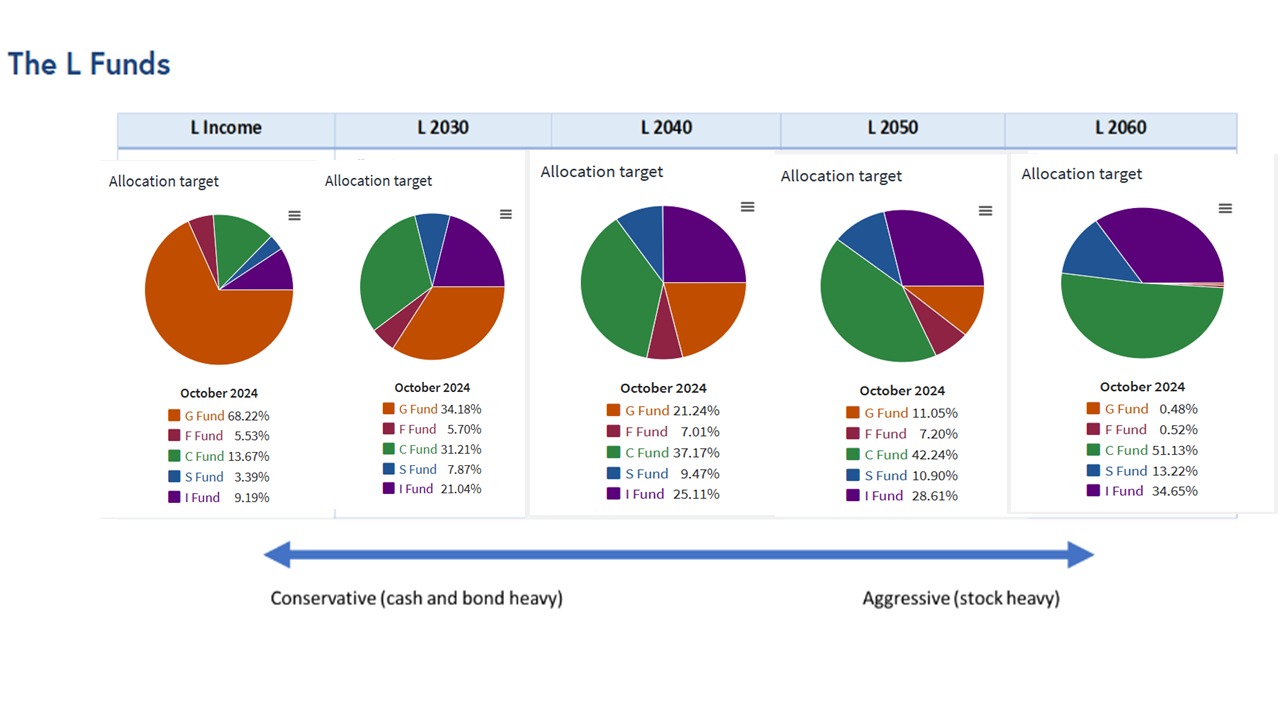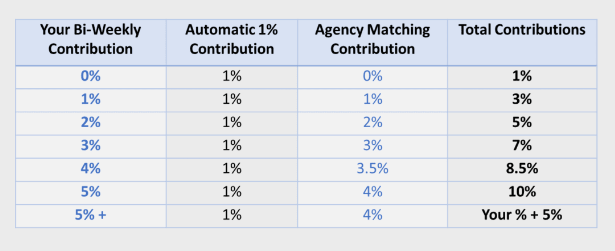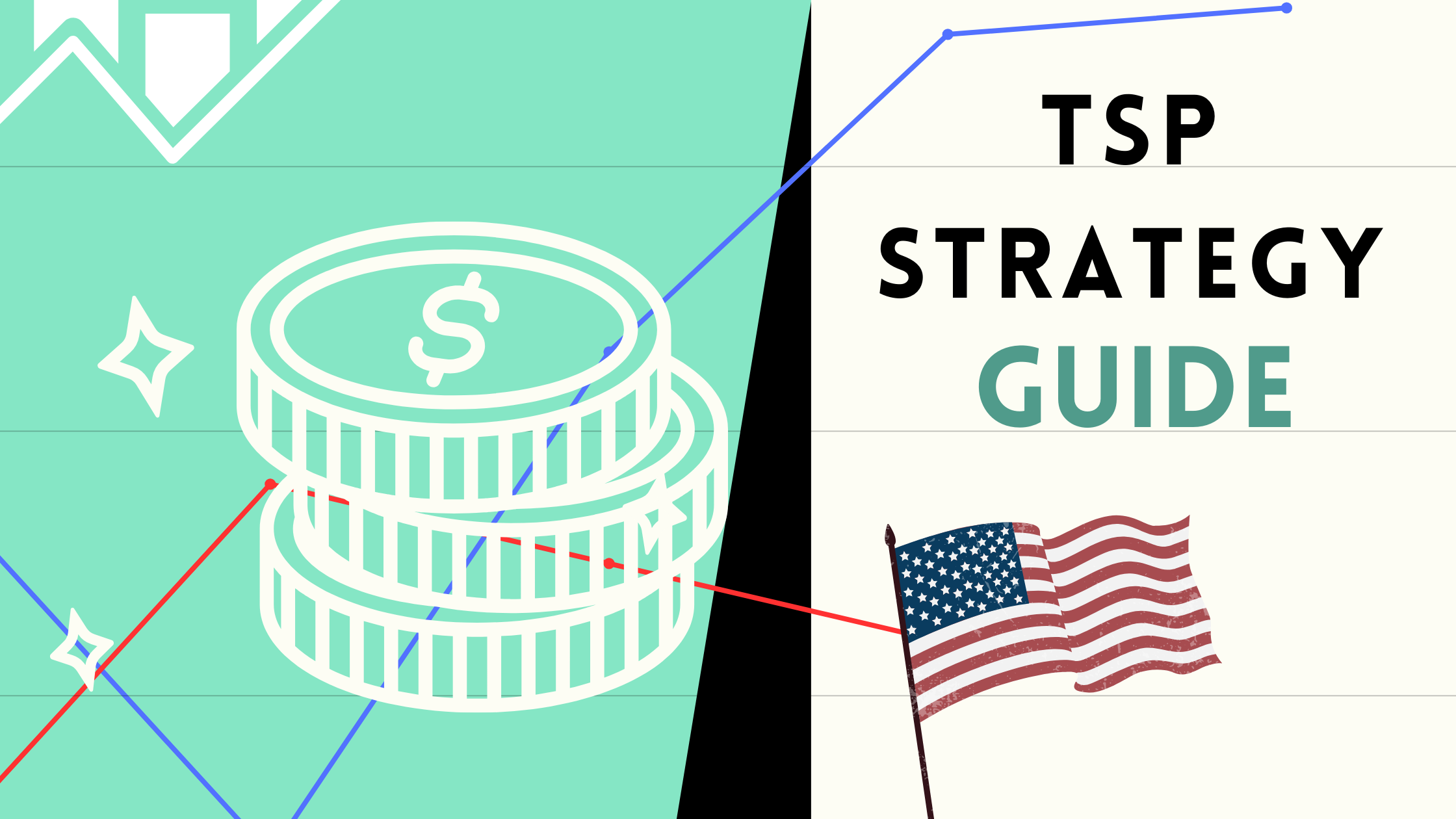Unlock your Thrift Savings Plan (TSP) with our comprehensive guide for civilian and military federal employees. Strategies to optimize your retirement savings and investment plan!
Maximize Your Thrift Savings Plan (TSP): Guide to a Secure Future
The Thrift Savings Plan (TSP) is a crucial component of the retirement savings and investment plan for federal employees and members of the uniformed services. Established under the Federal Employees’ Retirement System Act of 1986, the Thrift Savings Plan is a defined contribution retirement savings plan similar to the 401(k) plans offered by many private corporations. It allows federal employees and members of the uniformed services to save for retirement with tax benefits that many private sector employees enjoy. The TSP offers a variety of investment options, including individual TSP funds and lifecycle (L) funds, which are designed to simplify the investment process by automatically adjusting the allocation of assets over time. Participants can choose from a range of index funds, such as the G Fund, F Fund, C Fund, and others, each offering different levels of risk and potential return. TSP offers a range of investment options designed to help participants build a secure financial future. This guide will explore the best TSP fund investment options and strategies to ensure a secure federal retirement. For more tactics to boost your TSP returns, explore our TSP Funds Strategy Guide.
Using the TSP Calculator for Better Planning
Need to estimate your TSP balance for retirement? Try our TSP Calculator Tool.
Make sure you’re getting the most out of your TSP investments despite the current intensity of the market’s volatility. Our TSP calculator is a valuable tool as it allows users to project the growth of their TSP account based on different contribution levels, investment allocations, and time horizons. By experimenting with various scenarios, participants can gain insights into how different factors impact their retirement savings and make informed decisions about their contribution and investment strategies. Utilizing the TSP calculator can help federal employees develop a comprehensive plan to achieve their retirement goals.
You can also meet with a federal retirement expert to review your federal benefits retirement package and explore different strategies for developing your financial plan.
Choosing the Best TSP Fund for Your Investment Goals
Exploring the Core TSP Funds
The core 5 TSP funds offer a range of investment options, each with its own risk and return profile. The G Fund, for example, aims to provide a return higher than those of short-term U.S. Treasury securities and is considered the safest option, providing steady returns with minimal risk. The F Fund, on the other hand, invests in a broader range of fixed-income securities (bonds), offering higher potential returns but with increased risk. The C Fund, S Fund, and I Fund invest in different segments of the stock market, providing opportunities for growth but also exposure to market volatility. By understanding the characteristics of each fund, participants can tailor their investment strategy to suit their individual goals and risk tolerance.
| Fund |
Objective |
10-Year Return (as of 10/31/24) |
|---|---|---|
| G Fund |
Ensure preservation of capital and generate returns above those of short–term US Treasury securities |
2.49% |
| F Fund |
Match the performance of the Bloomberg US Aggregate Bond Index, the US Bond market |
1.64% |
| C Fund |
Match the performance of the S&P 500, a broad market index made of stocks from 500 large to medium-sized US companies |
12.99% |
| S Fund |
Match the performance of the Dow Jones US Completion Total Stock Market Index, made up of stocks of small to medium US companies not included in the S&P 500. |
9.34% |
| I Fund |
Objective is to match the performance of MSCI ACWI ex US ex Chine ex Hong Kong Index, global stocks not including US, Chinese, or Hong Kong companies old index was the MSCI EAFE (Europe, Australasia, Far East) |
5.18% |
What are the TSP Lifecycle Funds?
Lifecycle (L) funds offer a simplified investment approach by automatically adjusting the allocation of assets based on the participant’s expected retirement date. These funds gradually shift from a higher-risk, stock-heavy allocation to a more conservative, bond-focused allocation as the target retirement date approaches. This automatic rebalancing can be beneficial for those who prefer a hands-off investment strategy. However, the lifecycle funds are all composed of different allocations of the main core TSP investment funds. When deciding between lifecycle and individual funds, it’s important to consider factors such as investment knowledge, time commitment, and personal financial goals.

The TSP Mutual Fund Window
The TSP’s Mutual Fund Window allows participants to diversify their investments further than the core fund by offering more than 4000 available mutual fund options from a variety of investment companies. However, access is restrictive and there are high fees that can become catastrophic if mistakes aren’t avoided, such as insufficient research and overtrading. The TSP’s Mutual Fund Window offers equity, bond, and balanced funds, each with its own risk and return profile. It’s important to consider market risks, volatility, and inflation’s impact on investments, maintaining a long-term perspective for better retirement outcomes. Typically, though, there are similar investment choices available with lower fees outside of the TSP through a private investment account, whether it is done in an IRA or a normal brokerage account. The retirement savings and tax benefits of an IRA can be similar to using your TSP, just without the government matching contributions.
What are the Best TSP Investment Options and Strategies?
Factors to Consider When Selecting a TSP Fund Allocation
When selecting an allocation of TSP funds, several factors should be considered to ensure alignment with your investment goals. Risk tolerance is a key consideration, as it determines the level of volatility you are comfortable with in your investment portfolio. Additionally, your investment horizon, or the length of time until you need to access your funds, plays a crucial role in determining the appropriate asset allocation. Longer horizons typically allow for more aggressive strategies, while shorter horizons may necessitate a more conservative approach. Lastly, it’s important to regularly review and adjust your TSP allocation to reflect changes in your financial situation, market conditions, and retirement goals. The G Fund provides a stable foundation with its focus on short-term U.S. Treasury securities, while the C Fund, S Fund, and I Fund offer exposure to domestic and international stock markets. By strategically allocating investments across these funds, participants can optimize their portfolio for long-term growth while managing risk. For additional pitfalls to avoid, read about common TSP misconceptions and mistakes.
Knowledge is Confidence!
Strategies for Long-term TSP Investment Success
Successful long-term TSP investment strategies often involve a combination of diversification, regular contributions, and periodic rebalancing. Diversification helps mitigate risk by spreading investments across different asset classes and market sectors. Regular contributions, especially when automated, ensure consistent growth of the retirement savings over time, taking advantage of dollar-cost averaging. Periodic rebalancing, or adjusting the allocation of assets to maintain the desired risk level, is crucial for adapting to market changes and personal circumstances. By understanding the five individual TSP funds, participants can enhance their chances of achieving their retirement goals.
Adjusting your TSP allocation over time is a critical aspect of managing your retirement savings. As you approach retirement, it may be prudent to shift towards a more conservative allocation to preserve capital and reduce exposure to market volatility. Conversely, younger participants with a longer investment horizon may benefit from a more aggressive allocation to maximize growth potential. Regularly reviewing your TSP account, considering changes in your financial situation, and staying informed about market trends can help you make informed decisions about adjusting your allocation to align with your evolving goals.
Getting ready to retire from the federal government? Attend a free FERS retirement workshop.
How Can Federal Employees Maximize Their Thrift Savings Plan Contributions?
TSP Contribution Limits
Federal employees can maximize their money in the TSP by understanding the annual contribution limits and taking full advantage of any matching contributions offered by the federal government. For 2024, the contribution limit for TSP participants is $23,000, with an additional $7,500 catch-up contribution allowed for those aged 50 and older. The TSP Contribution Limits for 2025 will increase to $23,500. While the catch-up amount will remain the same at $7500, thanks to the SECURE Act 2.0, those ages 60 to 63 will have a catch-up limit of $11,500 in 2025. See chart below:
| 2025 TSP Secure 2.0 Catch Up Contributions | |||
|---|---|---|---|
| Age | Contribution Amount | Catch Up Contributions | Total Contribution (2024) |
| Before 50 | $23,500 | Not Eligible | $23,500 |
| After 50 | $23,500 | $7,500 | $31,000 |
| Age 60 - 63 | $23,500 | $11,250 (150% of Catch up) |
$34,750 |
| 64 and older | $23,500 | 7,500 | $31,000 |
Benefits of Early and Consistent Contributions
The government and agency employing a TSP participant will match a portion of employee contributions, up to 5% of their salary, providing a significant boost to retirement savings. By contributing at least enough to receive the full employer match, participants can effectively increase their retirement savings and investment plan. However, t is important to not just contribute enough to get the maximum match but to contribute the annual limit if your financial situation allows it. Should you contribute more than the TSP match?

Early and consistent contributions to the TSP can have a profound impact on the growth of retirement savings over time. By starting contributions early in their career, participants can take advantage of compound interest, where earnings generate additional earnings. Consistent contributions, even during market downturns, help smooth out the effects of market volatility and ensure steady growth of the investment portfolio. This disciplined approach to saving and investing can significantly enhance the financial security of federal employees in retirement.
What Should You Know About Withdrawing from Your TSP?
Understanding TSP Withdrawal Options
Withdrawing from the TSP is a critical phase of retirement planning, and understanding the available options is essential for making informed decisions. Participants can choose from several withdrawal options, including lump-sum payments, installment payments, and lifetime annuities. To learn more, explore our detailed overview of TSP withdrawal options. Each option has its own implications for taxes, income stability, and long-term financial security.
Tax Implications of TSP Withdrawals
Tax implications are a significant consideration when withdrawing from the TSP. Withdrawals are generally subject to federal income tax, and participants should be aware of the potential impact on their overall tax liability. Additionally, early withdrawals before age 59½ may incur a 10% early withdrawal penalty, unless certain exceptions apply. Understanding these tax implications and planning accordingly can help participants minimize their tax burden and maximize their retirement income.
Planning for Retirement with TSP Withdrawals
Effective planning for retirement with TSP withdrawals involves a careful assessment of income needs, tax considerations, and long-term financial goals. Participants should develop a withdrawal strategy that balances the need for immediate income with the preservation of capital for future expenses. This may involve a combination of different withdrawal options, such as taking installment payments while maintaining a portion of the account in growth-oriented investments. By planning strategically, participants can ensure a stable and secure retirement income stream from their TSP. Keep in mind that RMD pitfalls could also affect your retirement if not managed properly.
Reach Out to Us!
If you have additional federal benefit questions, contact our team of CERTIFIED FINANCIAL PLANNER™ (CFP®), Chartered Federal Employee Benefits Consultants (ChFEBC℠), and Accredited Investment Fiduciary (AIF®) professionals. At PlanWell, we are federal employee financial advisors with a focus on retirement planning. We’ve developed the Fed-Expert Financial Blueprint, a proprietary financial planning process for federal employees to retire confidently. Learn more about our process designed for the career fed.
Preparing for federal retirement? Check out our scheduled federal retirement workshops. Sign up for our no-cost federal retirement webinars using this link. Make sure to plan ahead and reserve your seat for our FERS webinar, held every three weeks. Want to have PlanWell host a federal retirement seminar for your agency? Reach out, and we’ll collaborate with HR to arrange an on-site FERS seminar.
Want to fast-track your federal retirement plan? Skip the FERS webinar and start a one-on-one conversation with a ChFEBC today. You can schedule a one-on-one meeting by contacting us.










